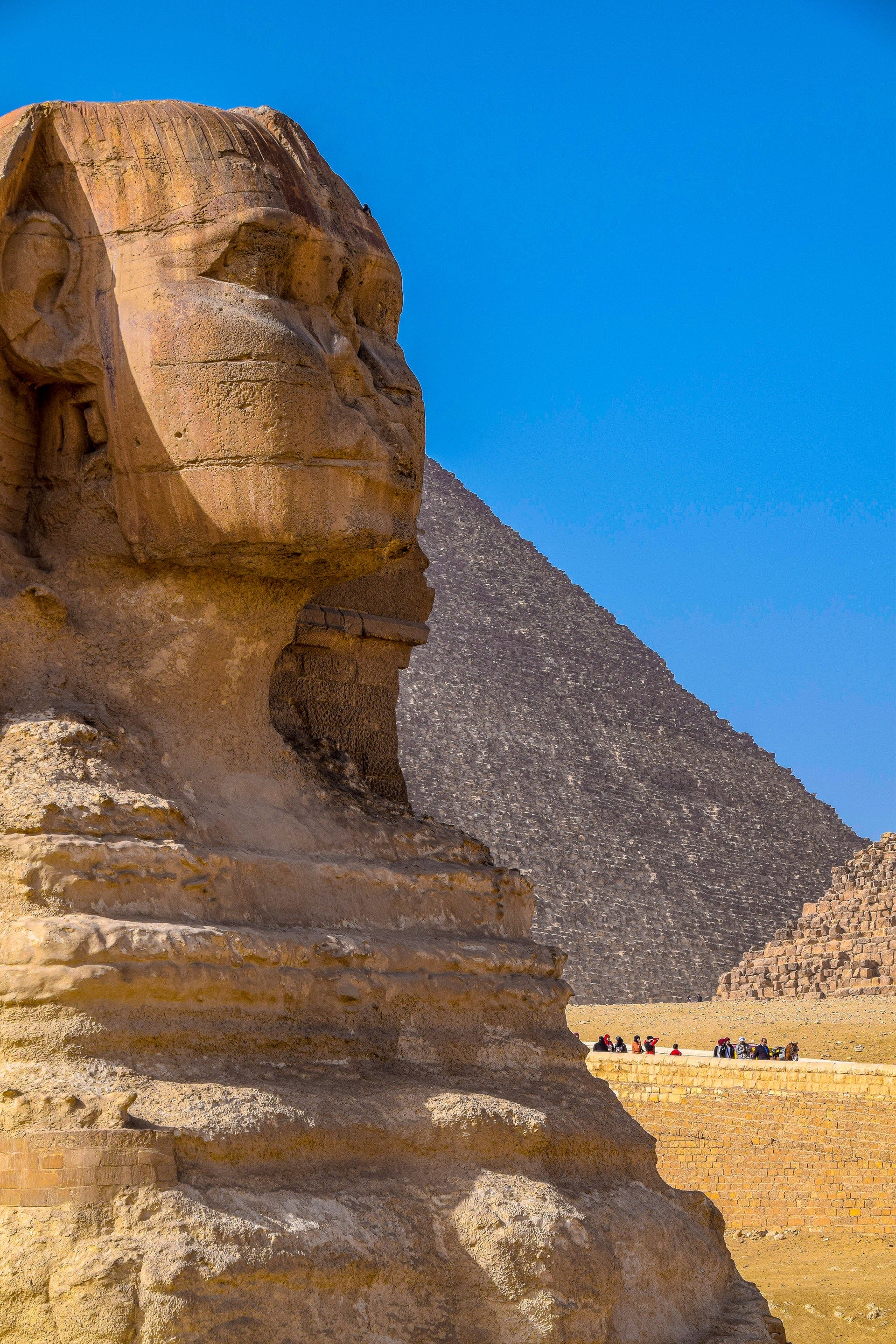Or as we like to call it in the United States: Black History Month.
See that Doric column over there? You know; the famous Greek type.
That African column with the Greek name is far older than the Ancient Greeks who cleverly rechristened it. The original architects of our modern world- the first pioneers of mathematics, engineering, science, and all of Western Civilization as we know it- were dark-skinned people from Africa and it’s about time everyone knew it.
It isn’t your fault if you don’t.
While the evidence has been hiding in plain sight for thousands of years, the truth has been carefully hidden from us, cunningly concealed behind a facade of Eurocentrism that persists in spite of the occasional modern mention of the dreaded “C” word: Colonialism.
Let’s start in 1619, shall we? But instead of moving forward in time from that grievous period in the history of African peoples, we need to look back. Way back. We know what happened to Black peoples enslaved post-1619.
What we aren’t being told is what happened before that.
In the grand tradition of visionaries whose work went under-appreciated in their lifetimes, we find Dr. Asa G. Hilliard III. The eminent scholar on Ancient Africa and African Studies passed away in 2007, but his many contributions to the scholarly world remain.
Dr. Hilliard’s Ancient African Excellence Tradition
The cradle of Western Civilization wasn’t in Rome or Greece: It was in Africa.
How African Culture Became Western Culture
The U.S. was colonized by Great Britain. Great Britain inherited its culture when it was conquered by the Romans. The Romans drew most of their philosophy, government, art, and many other aspects of cultural life from the Ancient Greeks.
The Ancient Greeks built their entire culture around a much older society before they conquered and subsumed it: The Ancient Egyptians.
The Ancient Egyptians ruled for thousands of years. When Cleopatra was born- who was Greek, not Egyptian- she was closer in time to the modern world than she was to the builders of the Great Pyramids of Giza.
The earliest Egyptian rulers, who built the Great Pyramids, among their other major contributions in art, engineering, mathematics and science, are still somewhat shrouded in mystery.
What we do know, is what they looked like. As Dr. Hilliard phrased it often in his lectures: “The farther back you go, the Blacker it gets.”
Reflected in the earliest art are images of the architects of this ancient society. The likenesses of these royal rulers, some of which endure to this day, reflect facial features and hair-types phenotypes which are distinctly African.

“How come our babies aren’t shown these pictures in school?” Dr. Hilliard lamented often during his lifetime, with good reason. “Why they have to sit there and the first time ‘Black’ comes up in school is at the time when they’re talking about slavery?”
In the opinion of Dr. Hilliard, and many others, the history he called the “Ancient African Excellence Tradition” is a potentially transformative and empowering one.
But what might otherwise have been a source of hope and pride for Black people has been hidden, sub-ducted and whitewashed into oblivion. We have been given Cleopatra, if anyone.
The idea that Ancient Africans pioneered the modern world has certainly never made it into the mainstream. Aside from serious students of African and African-American history, and a few relativity obscure authors, few have ever even heard of Dr. Hilliard.
They haven’t heard of the Ancient African Excellence Tradition, either.
Isn’t it about time they did?
(contributing writer, Brooke Bell